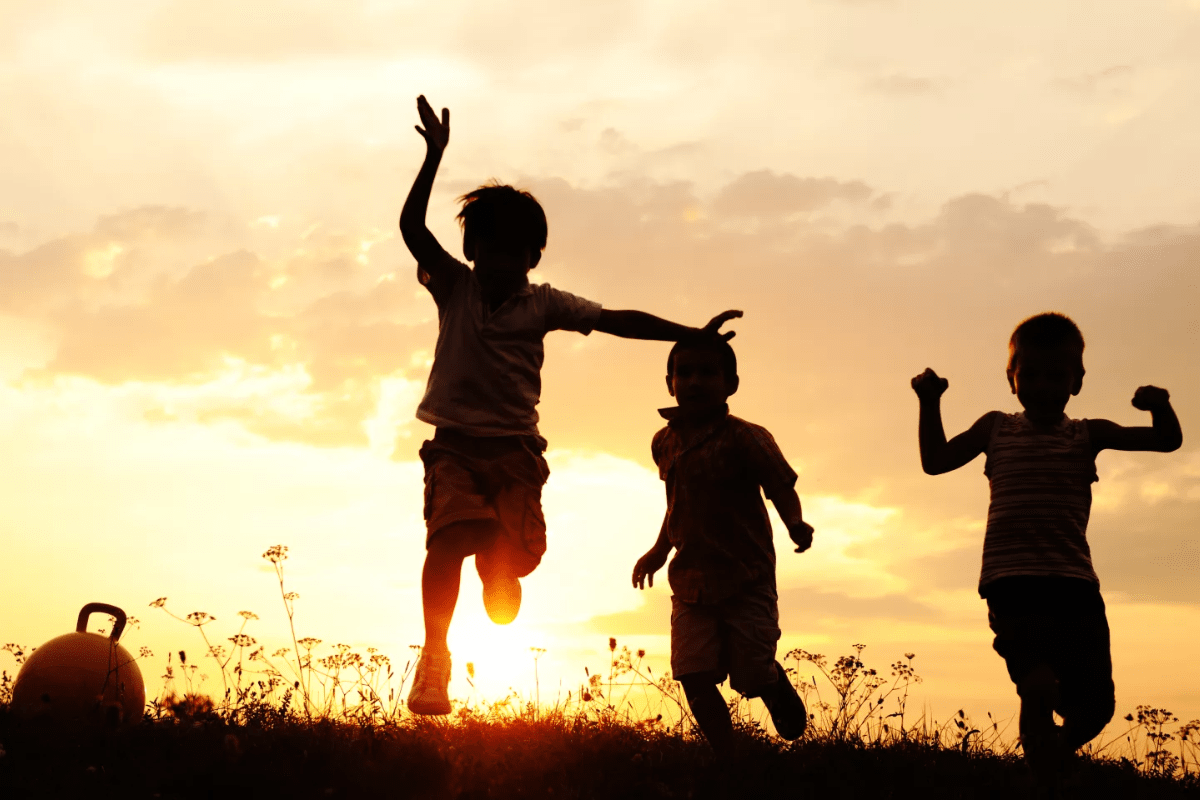 |
| It is necessary to equip children with a solid foundation to face climate change. (Illustration: Internet) |
At the World Children's Day celebration in Vietnam on November 20, 2024, the United Nations Children's Fund (UNICEF) and its implementing partners issued a call to action so that every child can grow up healthy and safe from climate and environmental threats.
Ms. Silvia Danailov, UNICEF Representative in Viet Nam emphasized: "Typhoon Yagi has shown the truth that climate change is devastating communities. This is not the next generation's problem, it is our problem. We must do everything we can to protect children and families from the impacts and devastation of climate change. Every child has the right to a safe and bright future."
In a world increasingly facing the severe challenges of climate change, from floods and droughts to earthquakes and extreme heat, it is necessary to equip children with a solid foundation to face this volatile world. Climate change is no longer a distant story but is present in every flood that closes schools, in increasingly severe weather, in every storm that sweeps through the countryside, leaving many families homeless.
| "Natural disasters are something no one wants, but they are also a test for us to demonstrate resilience and compassion. By equipping children with life skills, psychological stability and solidarity, we not only protect them from the changes of nature, but also sow the seeds for a new generation of resilience, compassion and courage." |
Vietnam is one of the 10 countries in the world heavily affected by natural disasters and extreme weather events. Children are the most vulnerable. These impacts are not only limited to safety issues but also related to children's development opportunities.
Disasters can disrupt children’s education, depriving them of opportunities to learn and develop, and severely impact family finances . Children are more likely to suffer from illness, injury, and nutritional problems after disasters. Negative experiences during disasters can leave deep psychological scars that last both in the short term and long into the future.
Although we cannot prevent natural disasters, we can still equip our children with an invisible but strong "shield" to face them. It is not only about physical resistance, but also includes mental stability. First of all, it is basic survival skills. It is necessary to teach children how to swim, give first aid, find a safe shelter, prepare an emergency kit and not panic when an accident occurs.
The responsibility to protect children is not only the duty of parents, but of the whole society. And protection is not only about sheltering in urgent situations, but also about preparing children with the courage to stand firm in the face of adversity.
Sometimes we think that we should start educating children when they are a little older. However, the reality is that equipping children with knowledge and a strong mentality should start from a young age. Preschool age is the golden stage to educate children about basic survival skills. Teach them to seek help from adults when in danger, and how to recognize potential threats in a simple way.
As children get older, they need to be taught good habits. A simple example is teaching children to check the weather forecast so they can choose the right clothes for the next day. This small action not only helps them become independent but also forms the habit of monitoring the weather and being aware of climate change.
| "Survival lessons not only save children's lives in times of danger, but also help them grow up to be responsible citizens who love the environment and appreciate life." |
Children need to be taught basic survival skills such as how to find a safe place during storms and floods, how to give first aid in case of accidents, and how to recognize warning signs of natural disasters. However, along with survival skills comes psychological stability, an often overlooked factor. Without psychological preparation, children are more likely to panic, be afraid, and even suffer psychological trauma after experiencing natural disasters.
 |
| Protecting children from climate change is not the sole responsibility of each family, but the responsibility of schools and society as a whole. (Photo: Nguyen Trang) |
During that process, children should be taught not only the skills to adapt and save themselves, but also the skills to know how to save others when possible. These skills are not only tools to protect themselves in dangerous situations but also the foundation for building confidence and courage. A child who knows how to swim will not panic when the water rises. A child who knows first aid will be able to help themselves and those around them. These seemingly simple lessons will become valuable assets, helping them overcome danger.
It can be said that the consequences of natural disasters are not only ruined houses, but also obsession, fear, and a sense of loss. Therefore, equipping children with psychological stability is extremely important.
To do so, parents need to be a strong spiritual support, talk openly with their children, explain about climate change and natural disasters in easy-to-understand, age-appropriate language. Teach children about adaptability, optimism, especially about love and sharing with the community. When the child is mentally strong, he or she will be confident in overcoming his or her own difficulties.
Protecting children from climate change is not the responsibility of each family alone, but the responsibility of the whole society. Schools need to include lessons on natural disaster prevention in the curriculum, organize regular drills to familiarize children with response procedures. Authorities have effective communication campaigns, providing timely knowledge and warnings.
Natural disasters are something no one wants, but they are also a test for us to demonstrate resilience and compassion. By equipping children with life skills, psychological stability and solidarity, we not only protect them from the changes of nature, but also sow the seeds for a new generation of resilience, compassion and courage.
Climate change education and resilience must become part of the formal curriculum, rather than being a discrete extracurricular activity. Families, schools and communities must create a “safety net” for children that not only protects them physically but also nurtures their inner strength.
These survival lessons not only save children’s lives in times of danger, but also help them grow up to be responsible citizens who love the environment and appreciate life. Protecting children from climate change is a deeply humane act and a measure of the sustainable development of a society.
Source: https://baoquocte.vn/trang-bi-ky-nang-sinh-ton-va-tam-ly-vung-vang-cho-tre-truoc-bien-doi-khi-hau-323490.html


![[Photo] Lam Dong: Panoramic view of Lien Khuong waterfall rolling like never before](/_next/image?url=https%3A%2F%2Fvphoto.vietnam.vn%2Fthumb%2F1200x675%2Fvietnam%2Fresource%2FIMAGE%2F2025%2F11%2F20%2F1763633331783_lk7-jpg.webp&w=3840&q=75)



![[Photo] President Luong Cuong receives President of the Senate of the Czech Republic Milos Vystrcil](/_next/image?url=https%3A%2F%2Fvphoto.vietnam.vn%2Fthumb%2F1200x675%2Fvietnam%2Fresource%2FIMAGE%2F2025%2F11%2F20%2F1763629737266_ndo_br_1-jpg.webp&w=3840&q=75)
![[Photo] National Assembly Chairman Tran Thanh Man holds talks with South Korean National Assembly Chairman Woo Won Shik](/_next/image?url=https%3A%2F%2Fvphoto.vietnam.vn%2Fthumb%2F1200x675%2Fvietnam%2Fresource%2FIMAGE%2F2025%2F11%2F20%2F1763629724919_hq-5175-jpg.webp&w=3840&q=75)




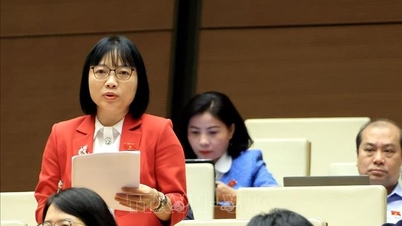



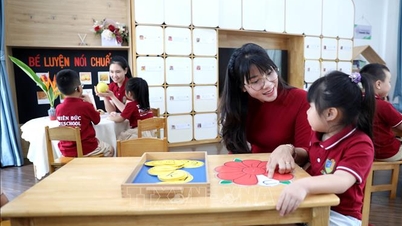
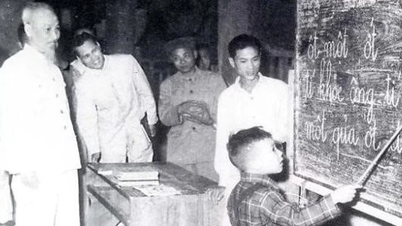



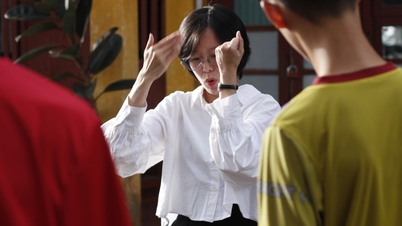

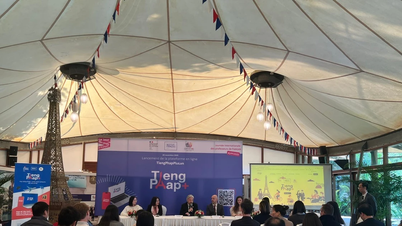

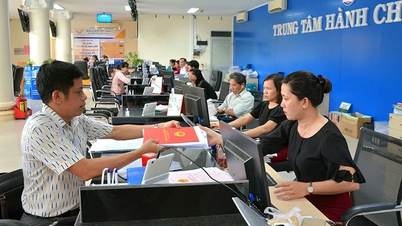
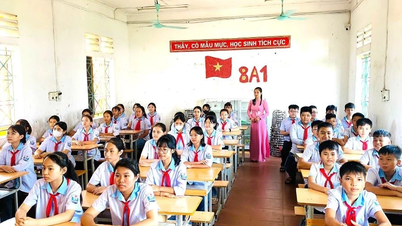


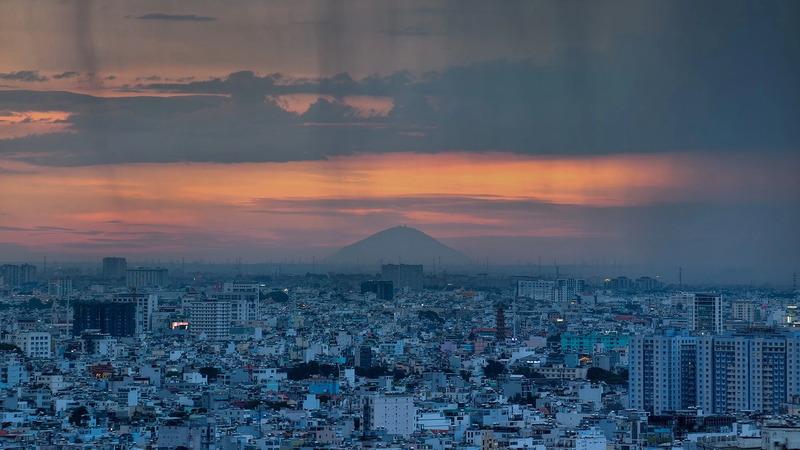



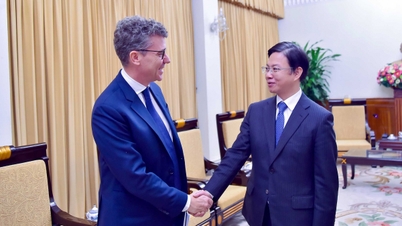






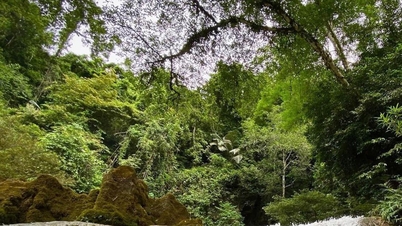



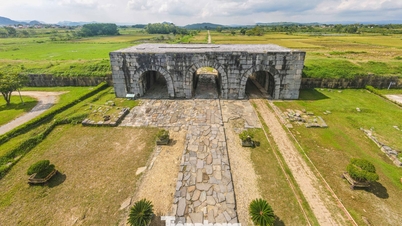

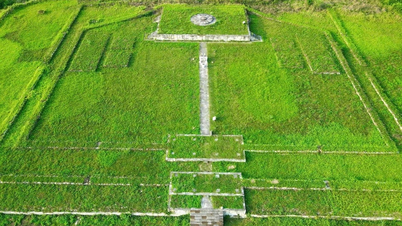
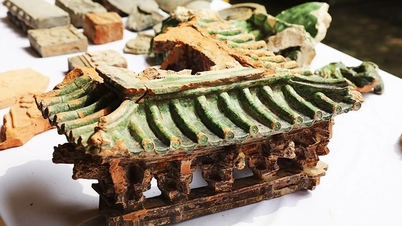

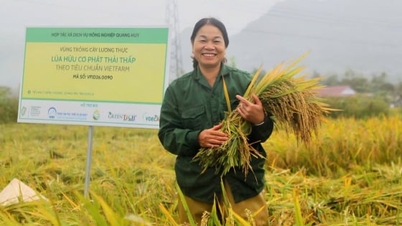


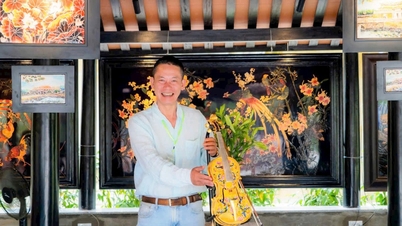
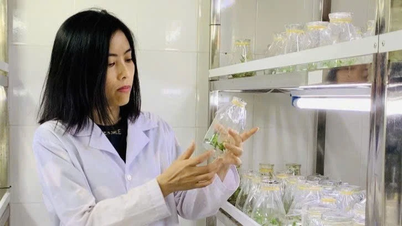






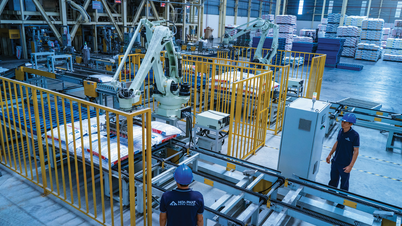








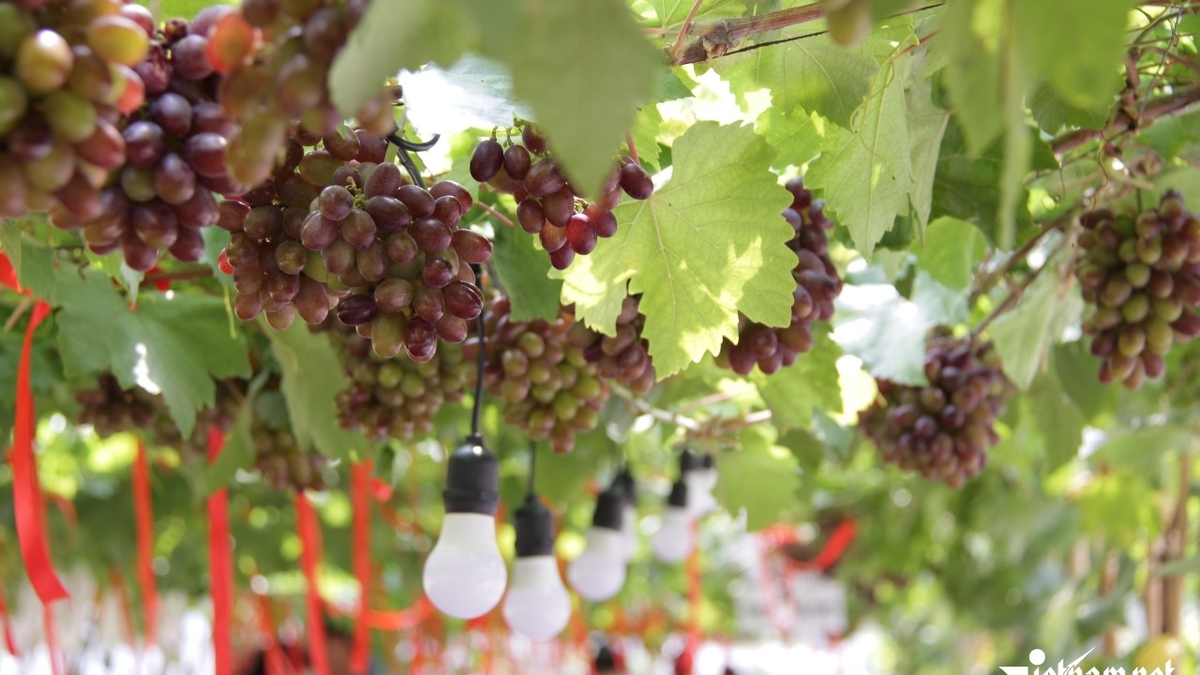
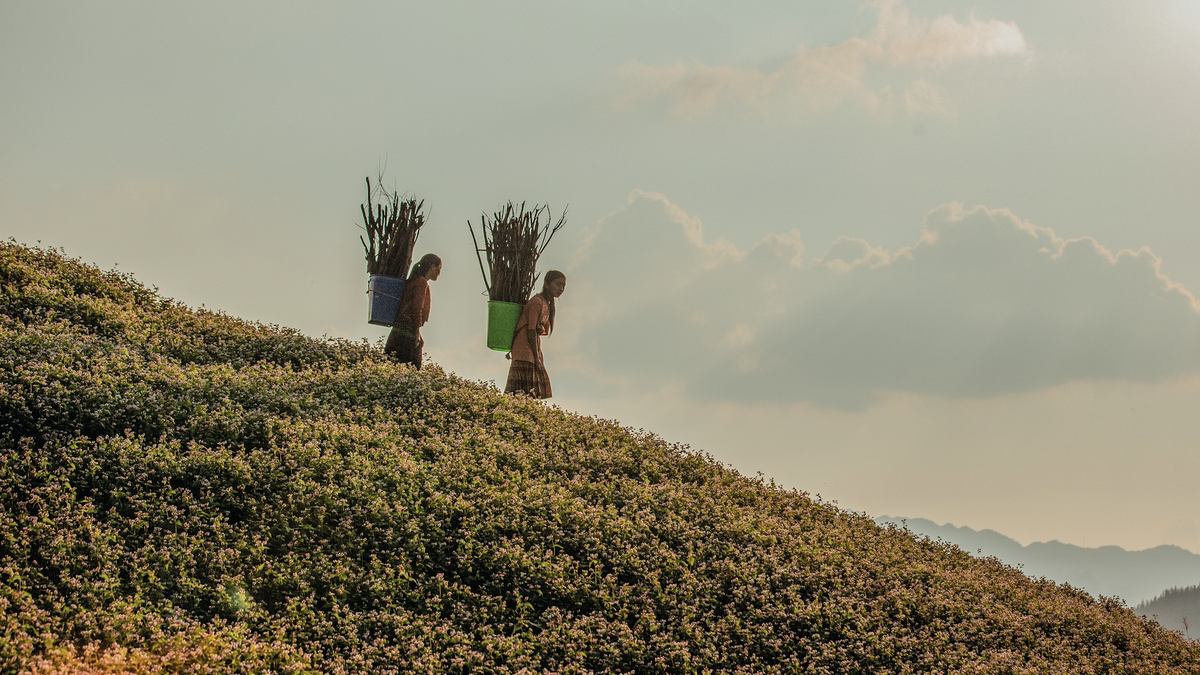

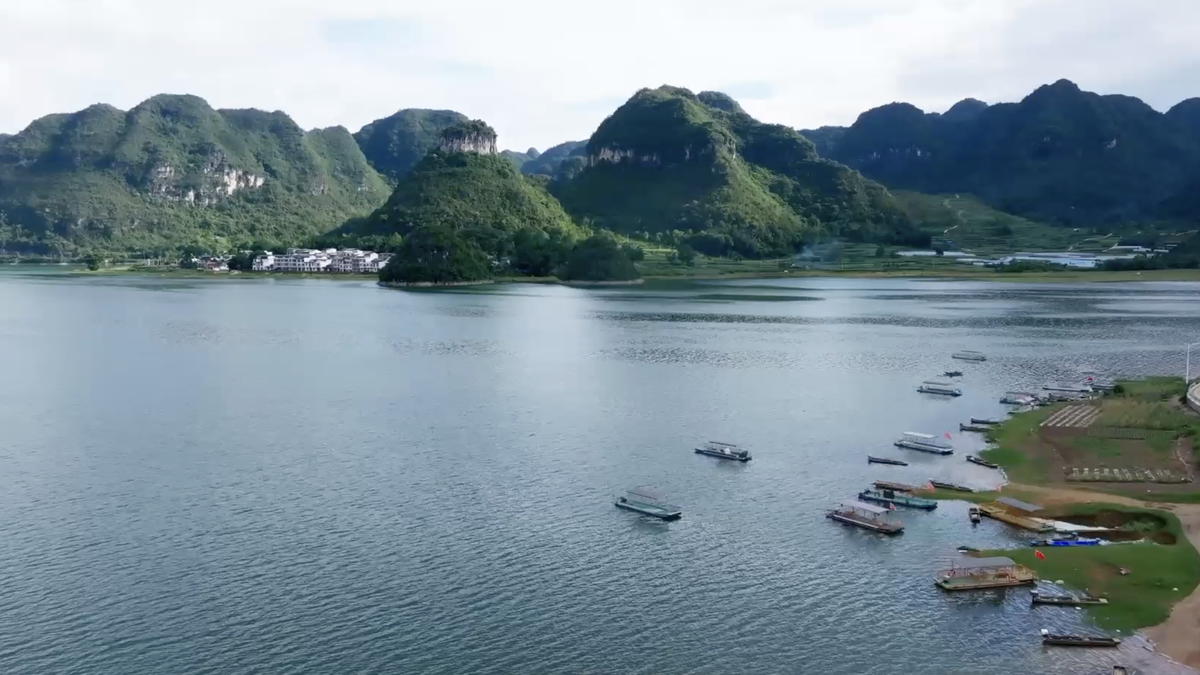


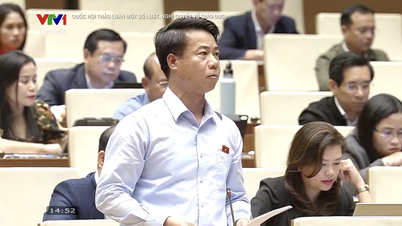



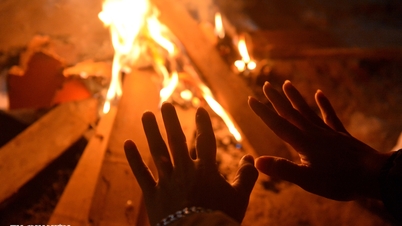








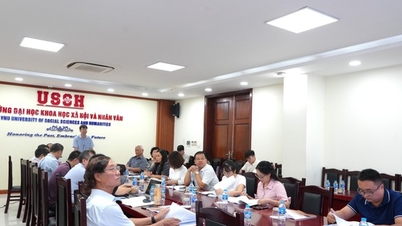


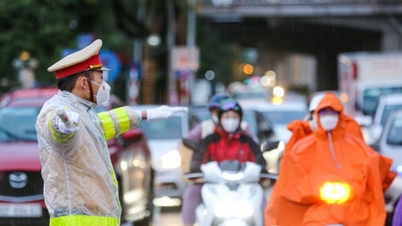
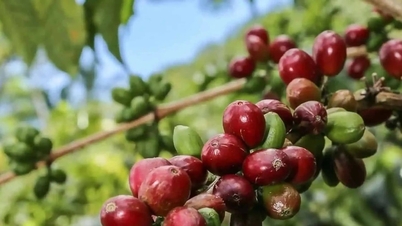


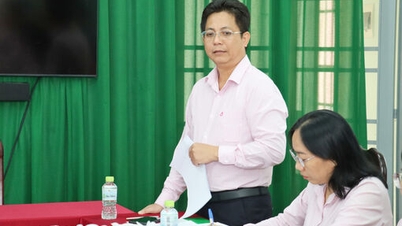

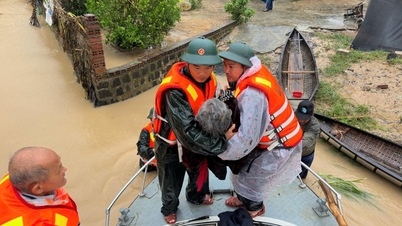




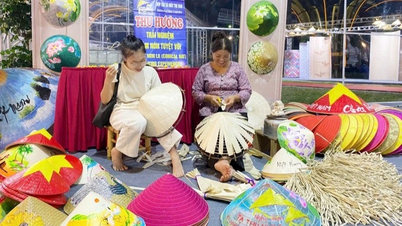




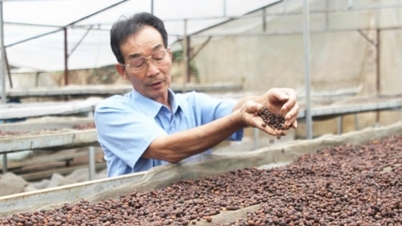





Comment (0)